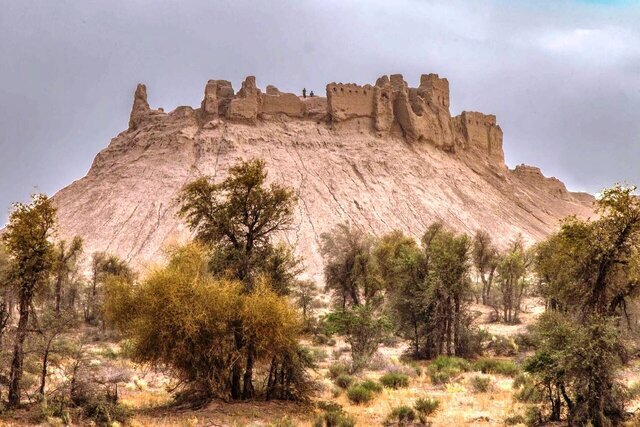Hundreds of ancient sites in Sistan-Baluchestan need demarcation

TEHRAN—Legal boundaries of many historical sites and monuments in Sistan-Baluchestan need to be demarcated to receive better protection and preservation, the deputy provincial tourism chief has said.
“As of now, only a few historical properties in the province have legal and specific boundaries, out of roughly 1,600 sites and historical monuments identified,” Mojtaba Sa’adatian said on Monday.
A total of 1,680 historical properties, including historical buildings and sites, are identified in this province, he explained.
There is not much problem defining historical monument boundaries, and so far 40 buildings have been demarcated, but among the ancient sites, only Bampur and the Burnt City have been demarcated, he added.
Defining boundaries for historical monuments has always been a challenge, he noted.
Compared to other provinces, Sistan-Baluchestan province does less building construction, but in Bampur, for example, there are some residential houses located near the ancient site, which could be solved either by buying the houses of the owners or by giving them the land in exchange, he mentioned.
A severe drought in the province has prevented farming and agriculture work from being done, so farmers have not challenged the province’s tourism directorate over demarcating ancient sites or agricultural lands, he stated.
A budget needs to be allocated to the demarcation projects as well, he added.
The collective province —Sistan in the north and Baluchestan in the south— accounts for one of the driest regions of Iran with a slight increase in rainfall from east to west and an obvious rise in humidity in the coastal regions. In ancient times, the region was a crossword in the Indus Valley and the Babylonian civilizations.
The province possesses special significance because it is located in a strategic transit location, particularly Chabahar, which is the only ocean port in Iran and the best and easiest access route of the middle Asian countries to free waters.
The vast province is home to several distinctive archaeological sites and natural attractions, including two UNESCO World Heritage sites, namely Shahr-e-Soukhteh (Burnt City) and the Lut desert.
ABU/AM
Leave a Comment